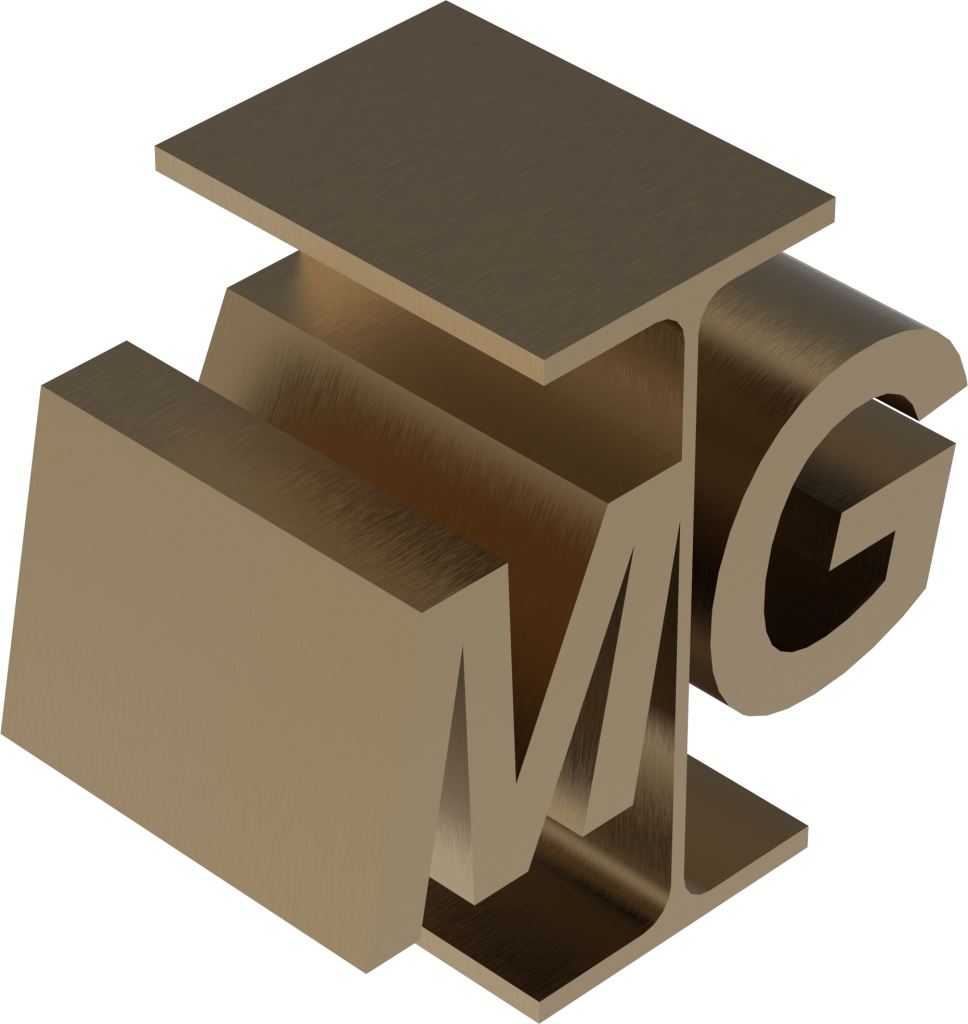What is pneumatic transport?
Pneumatic transport refers to a very widespread method in the industrial sector for transferring materials from one point to another through closed pipelines. The driving force for the transfer comes from the combination of a pressure difference and the flow of gas inside the tubes. The gas is generally air or, depending on needs, a different gas, such as nitrogen, which being inert is suitable for the transport of potentially explosive materials. To fully understand how a pneumatic conveying system works, it is also necessary to insert other elements in addition to the pipes.
There is an equipment in order to manage the gas which can be a pump, a blower, a suction unit... Equipment in order to introduce the material into the pipelines and to collect it upon arrival and possibly elements for dust collection. Although the most commonly transferred substances are flours, cements, sands or plastics, chemicals, feed and minerals can also be moved pneumatically. They are all materials with a very low level of humidity, because substances in pasty or liquid form are not suitable for this method of handling. A pneumatic conveying system can also be designed without the material to be transported coming into direct contact with moving parts.
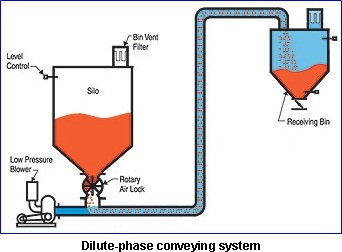
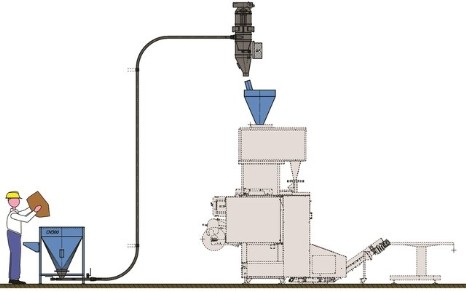
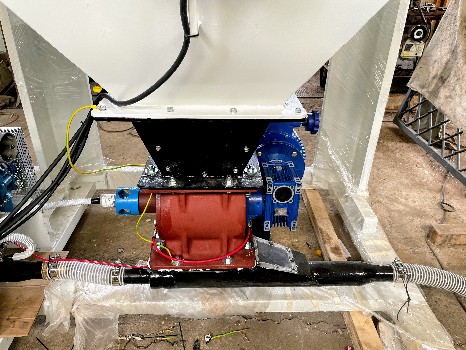
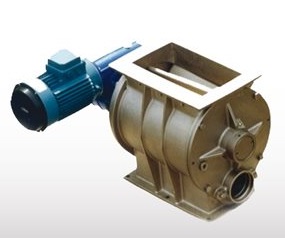
How pneumatic transport works
To move material, as to do any other work, energy is needed. In our case, pneumatic transport works because the energy is provided by the pressure differential (measured in kilograms per square centimeter) and by the air flow (measured in cubic meters per second). The air pressure on the line is determined by the device that manages it and generates the pressure or vacuum. The location of this component within the system determines whether one or the other is generated. If it is positioned at the beginning the air will be pushed inside the pipes and therefore work will be done under pressure. If, however, it is positioned at the end of the line the air will be extracted and therefore the work will be done under vacuum.
By adequately controlling the pressure, or vacuum and air flow within the system, the material can be transferred. These parameters vary mainly based on what you want to transport (flow characteristics, grain size, specific weight), the profile of the transport line (pressure losses) and the desired performances. This is why a system designed for a certain material may not be suitable for another.
Fields of application
Whether in powder or granular form, a large variety of materials, in many industrial contexts, can be moved and stored thanks to pneumatic transport. Moving materials is essential in areas such as agriculture, mining, chemistry, pharmaceuticals, paint production and metal processing. Agriculture is a particularly suitable field, in fact you have to deal with tons of materials: think of wheat and rice crops, feed and fertilizers. Food processing could benefit multiple times from using pneumatic conveying when processing or packaging flour, tea, coffee and sugar.
The mining and quarrying sector, where more or less fragmented minerals are processed, is another interesting area for pneumatic transport applications. In energy production plants to move pulverized coal, lump coal and ash, without any dispersion. In the chemical industries where there are many materials to be handled and in many forms. Sand for foundries and in glass production. Cement and alumina are other materials that are pneumatically processed in huge tonnages in a wide variety of industrial sectors.
Mode of transport
The material transferred inside the tubes can be moved continuously, even for 24 hours a day, or in batches, i.e. in distinct quantities of material. For both methods, from an operational point of view, there are two main types of transfer. Understanding these typologies is essential to get a clearer idea of how a pneumatic conveying system works.
If the material transported is suspended in the air, without therefore flowing along the internal wall of the tubes, then we are in the presence of what is defined as dilute phase transport, also known as liquid or fluid phase transport. Conversely, if the material is moved at low speed, not in suspension, through the entire tube or flowing only on a part of it, then we speak of dense phase transport. There is also a third hybrid mode: semi-dense phase transport. In all cases the system can operate, as has already been specified, in suction or in pressure.
